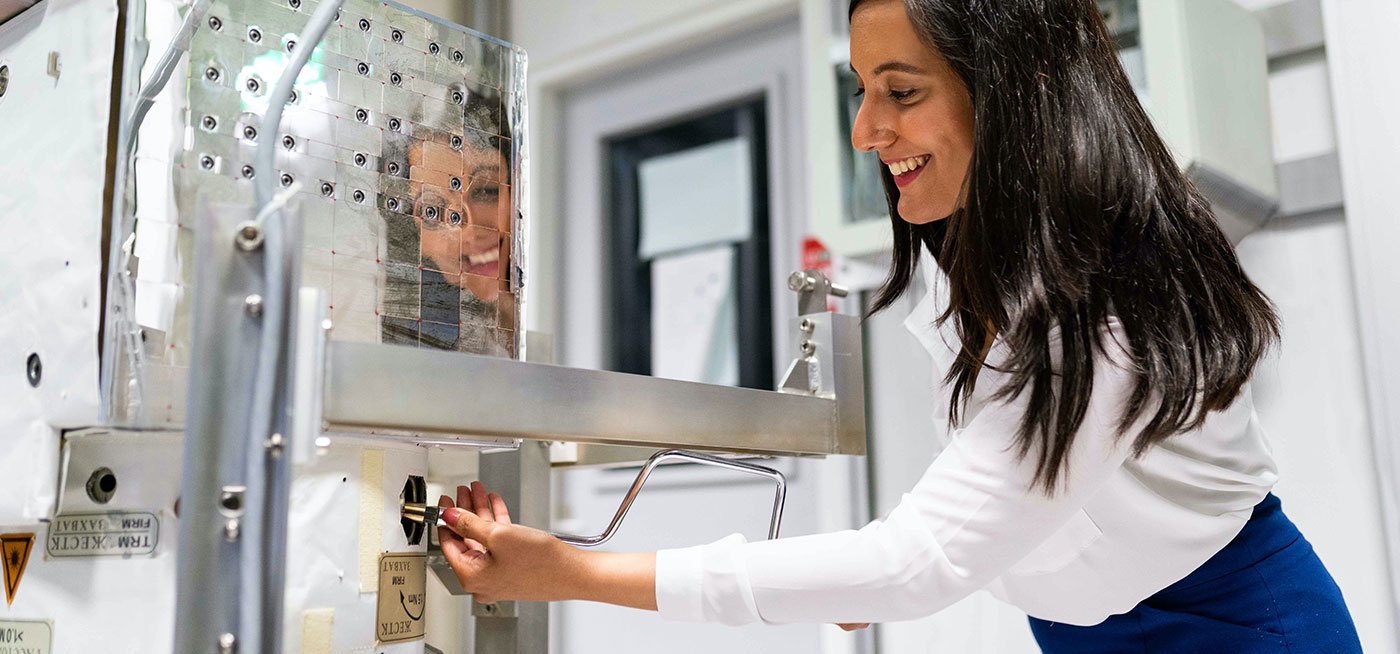The Golden Elixir: Tracing the History of Medical-Grade Manuka Honey
From the rugged landscapes of New Zealand to the forefront of modern medicine, the journey of medical-grade Manuka honey is a fascinating tale of indigenous knowledge, scientific discovery, and innovative application. For centuries, Māori, the indigenous people of New Zealand, recognized the unique properties of honey derived from the Leptospermum scoparium tree, known as the Manuka bush. Their traditional practices utilized this “taonga” (treasure) for wound healing and general well-being, a wisdom passed down through generations.
However, it wasn’t until the late 20th century that Western science began to seriously investigate the remarkable attributes of Manuka honey. Initial research highlighted its potent antibacterial activity, setting it apart from conventional honeys.1 Dr. Peter Molan, a biochemist at the University of Waikato in New Zealand, played a pivotal role in identifying and quantifying this unique non-peroxide antibacterial activity (NPA), later attributed primarily to methylglyoxal (MGO), a naturally occurring compound present in significant levels in genuine Manuka honey.2
This scientific validation sparked a surge of interest, leading to the development of standardized grading systems like the Unique Manuka Factor (UMF) and MGO ratings. These systems provided a benchmark for quality and potency, ensuring that consumers and medical professionals could identify honey with significant therapeutic potential.3
The recognition of Manuka honey’s exceptional wound-healing capabilities paved the way for its integration into modern medical applications. The U.S. Food and Drug Administration (FDA) has cleared several wound care dressings containing medical-grade Manuka honey.4 These dressings leverage the honey’s broad-spectrum antibacterial properties, its ability to maintain a moist wound environment conducive to healing, and its anti-inflammatory effects.5 Brands like First Honey have brought Manuka honey directly to consumers through accessible products like bandages and ointments, offering a natural alternative for minor cuts, burns, and abrasions.6 Similarly, ManukaMed has established itself as a provider of registered medical devices incorporating the benefits of medical-grade Manuka honey for more complex wound management.
Beyond topical applications, the unique properties of Manuka honey are being harnessed in innovative ways. ManukaGuard has pioneered the development of nasal sprays utilizing the honey’s antibacterial and soothing qualities to address sinus issues.7 This novel delivery system highlights the versatility of medical-grade Manuka honey in tackling different health concerns.
Looking towards the future, the potential of Manuka honey extends beyond wound care and over-the-counter remedies. LogiX Biosciences is actively exploring its potential as a pharmaceutical drug.8 Their research focuses on isolating and optimizing the bioactive compounds within Manuka honey to develop targeted therapies for various conditions. This endeavor signifies a significant step towards mainstream medical acceptance and the possibility of prescription-strength Manuka-based treatments.
The journey of medical-grade Manuka honey, from ancient Māori traditions to FDA-cleared wound dressings and the cusp of pharmaceutical development, underscores the power of nature and the importance of scientific inquiry. As research continues to unravel its complex mechanisms of action, this golden elixir holds immense promise for revolutionizing how we approach wound care and potentially other therapeutic areas, bridging the wisdom of the past with the innovations of the future.
Suspendisse interdum consectetur libero id faucibus nisl. Faucibus in ornare quam viverra orci sagittis eu volutpat. Vel facilisis volutpat est velit egestas. Pretium viverra suspendisse potenti nullam ac faucibus vitae. Aliquet nec ullamcorper sit amet massa ultricies mi quis hendrerit. Dolor magna eget est lorem. Erat pellentesque adipiscing commodo elit at. Neque convallis a cras semper auctor neque vitae tempus. Magna ac placerat vestibulum lectus mauris ultrices eros. Diam maecenas ultricies mi eget mauris. Feugiat sed lectus vestibulum mattis ullamcorper velit sed ullamcorper.












